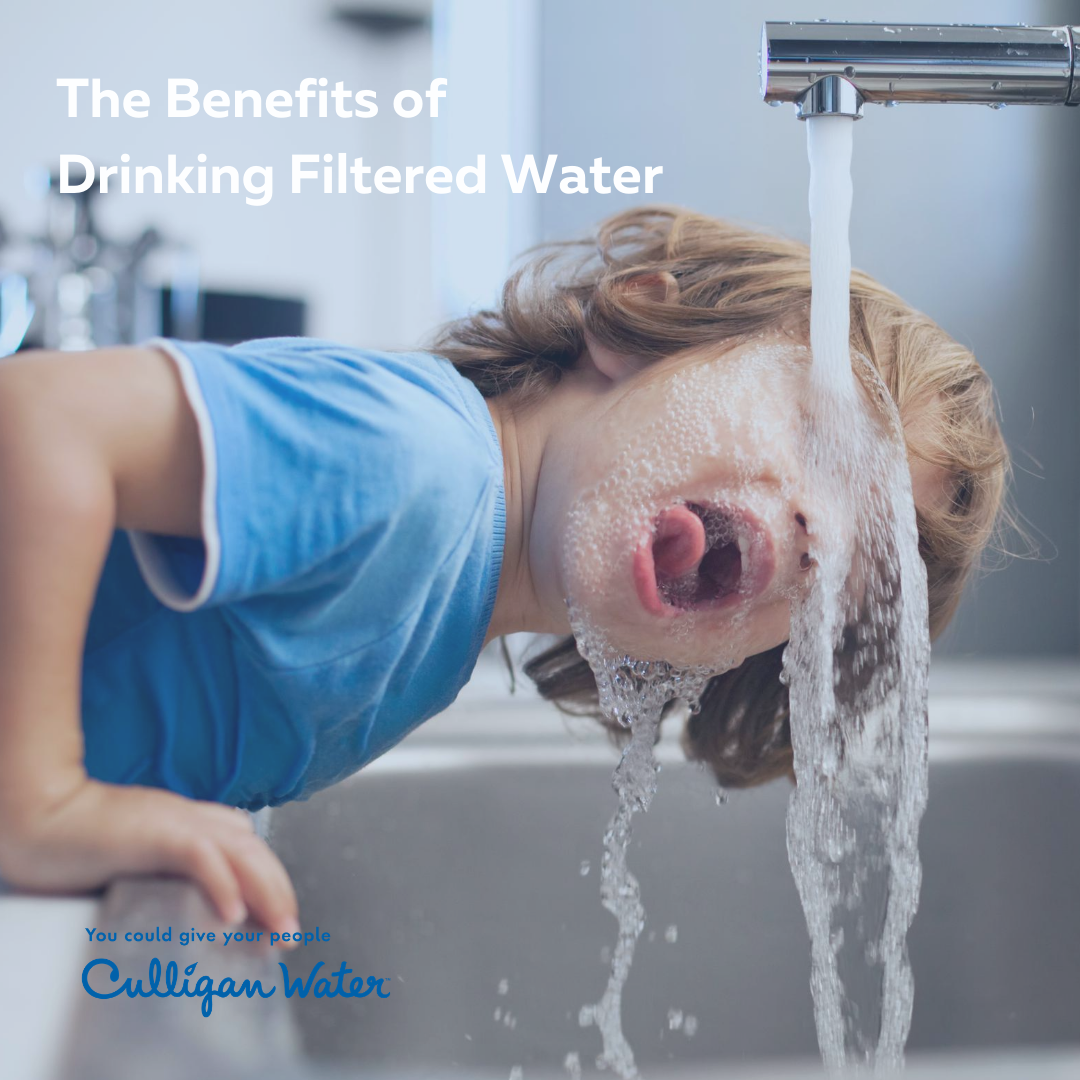The 5 Different Types of Water Purification Methods

1. Boiling
Boiling is the simplest of all water purification methods. It is effective because it kills 99.9% of all living things and vaporizes most chemicals. It’s a good method to use for water contaminated by living micro-organisms.
How Boiling Works
The micro-organisms are eliminated by heating the water to its boiling point.
Because some bacteria can resist high temperatures, you need to ensure the water boils for 3-7 minutes, depending on your altitude. For people living in high altitude areas, it is recommended to boil your water for longer than water boiled at lower altitudes. This is because water boils at lower temperatures in higher altitudes.
After adequate boiling, let the water cool down. This is important to allow any solid matter in it to settle at the bottom. After cooling, the water is safe for human consumption.
Should You Go for Boiling?
One of the advantages is that no chemicals are added to your water. However, you need to be sure that your water source is not contaminated by heavy metals, nitrates, pesticides, or solvents because boiling will not remove them.
Boiling removes all oxygen from water, and the result is that it may taste flat. However, this is a minor negative as it can be solved by simply shaking the purified water in its container. Also, to improve the taste of the water, a pinch of salt may be added.
2. Chlorination
Chlorination is one of the most common water purification techniques that has been in use for many years. Likely, it is because it is easily available, cheap, and effective. Chlorine is a heavy-duty oxidant that swiftly kills many germs, parasites, and other disease-causing organisms found in ground or tap water.
How Chlorination Works
It is important to carefully follow the instruction on …
